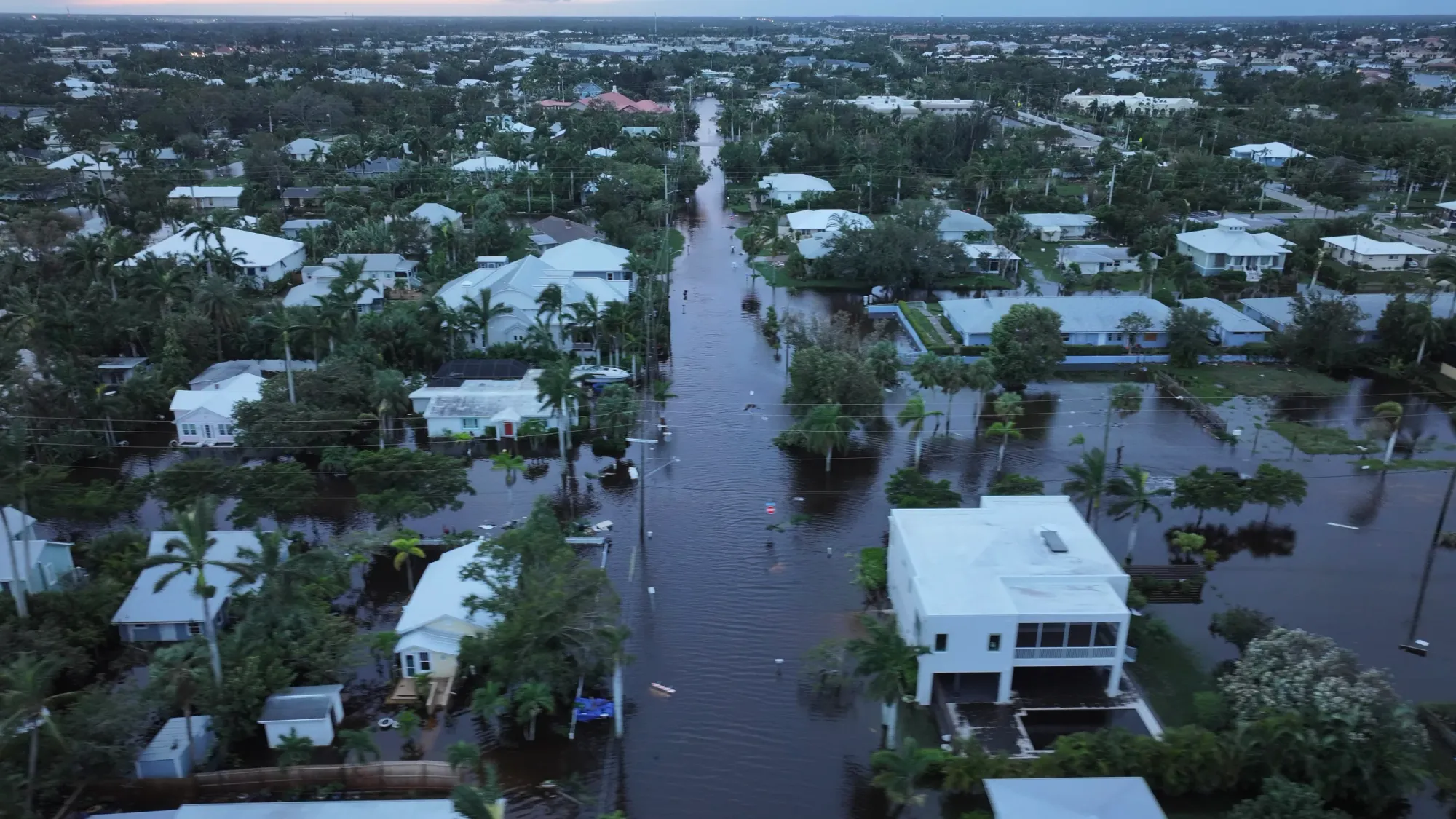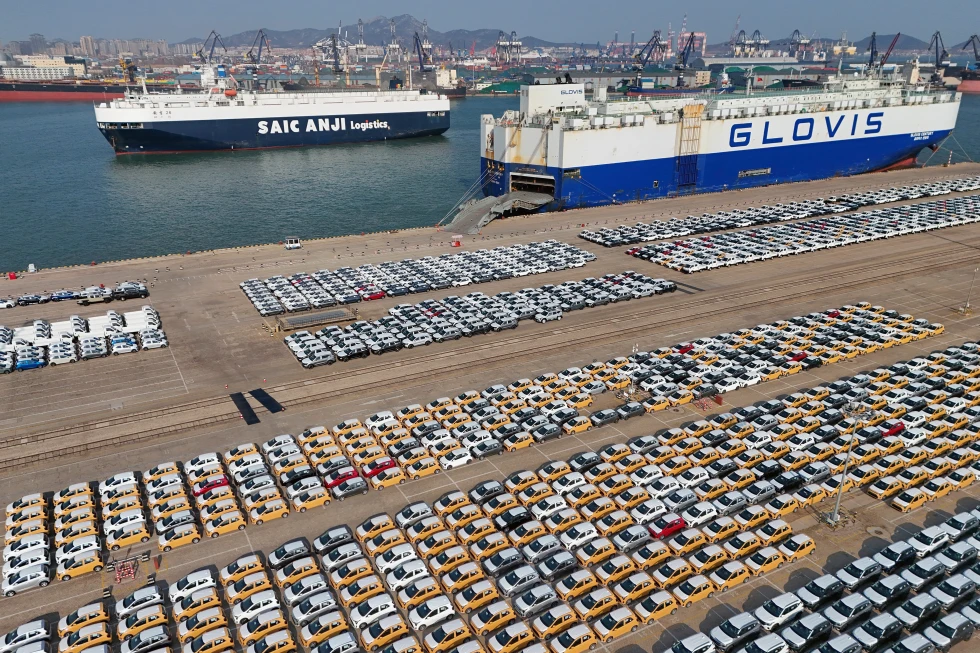Hurricane Milton has struck land, unleashing a mass of devastation and urgent difficulties for the communities in its path. Classified as a Category 3 storm, Milton has unleashed extremely intense winds and rainfall, causing serious concerns about individual safety and the integrity of infrastructure. The primary concern right now is the tragic loss of life and property, as emergency services are diligently working to address the crisis.
Human Impact
The landfall Hurricane Milton has already severely damaged a large portion of coastal Florida. According to reports, the threat of floods and storm surges has forced thousands of inhabitants to leave low-lying areas. In order to house individuals who were displaced by the storm and offer a temporary safe haven while authorities evaluate the full extent of the damage, emergency shelters have been put up.
Numerous highways have been rendered unusable by debris and floods, similarly to Helene. Due to delays in getting to some of the hardest-hit locations, rescue attempts have become extremely difficult. Utility providers are now working to restore service as tens of thousands of people are left without energy due to massive power outages.
The ultimate human toll of Milton is not yet known but will be significant. For days, highways heading north from affected areas have been highly congested. On top of this, many gas stations en route have run out of gasoline, causing some to make the difficult decision to stay in the evacuation zone.
Energy and Infrastructure
Milton's landfall has also caused disruptions to key infrastructure, particularly in the energy sector. Several offshore oil platforms were evacuated in advance of the storm, suspending production and raising concerns about potential environmental risks. While no large spills have been reported thus far, the shutdowns are expected to disrupt energy supply systems in the short term. Offshore oil drilling will not resume until crucial repairs are completed.
Onshore, heavy winds have downed power lines, aggravating the difficulties encountered by utility staff attempting to restore energy. The storm's impact on energy infrastructure may result in higher costs for consumers in the coming weeks as repairs are completed and supply networks are reestablished. Immediately, barriers to energy access may make rescue attempts even more perilous.
Transportation Difficulties
The storm has seriously disrupted transportation systems. Flooding and structural damage caused closures of important routes and bridges, effectively isolating certain areas and hindering relief efforts. The area's airports have also suffered interruptions; many flights have been canceled or delayed in response to preventative action. The inability of many to catch flights out of the evacuation zone has made it that much more difficult for residents to evacuate.
Ports along the coast have temporarily ceased operations, impacting the flow of goods and materials into and out of affected areas. The biggest one is Port Tampa Bay, which handles approximately 17 million tons of petroleum annually. Depending on how fast port restrictions are lifted following the storm, this disruption could continue to impact supply chains all around the country.
The Response
In the wake of Hurricane Milton's destruction, both state and federal agencies have activated resources to support the communities impacted. The National Guard has been activated to assist in rescue efforts and offer logistical support as required. Funds are being urgently directed to aid recovery initiatives, prioritizing the swift restoration of vital services and infrastructure.
Local authorities are calling on residents to stay alert and follow evacuation orders when needed. Ensuring public safety is of utmost importance as authorities strive to provide prompt help to those in danger.
With the storm moving further inland, efforts will stay concentrated on reducing additional impacts and aiding recovery initiatives in the impacted areas. In the coming days, the extent of the storm's damage will be revealed as evaluations take place and communities begin the lengthy path to recovery.















Discussion